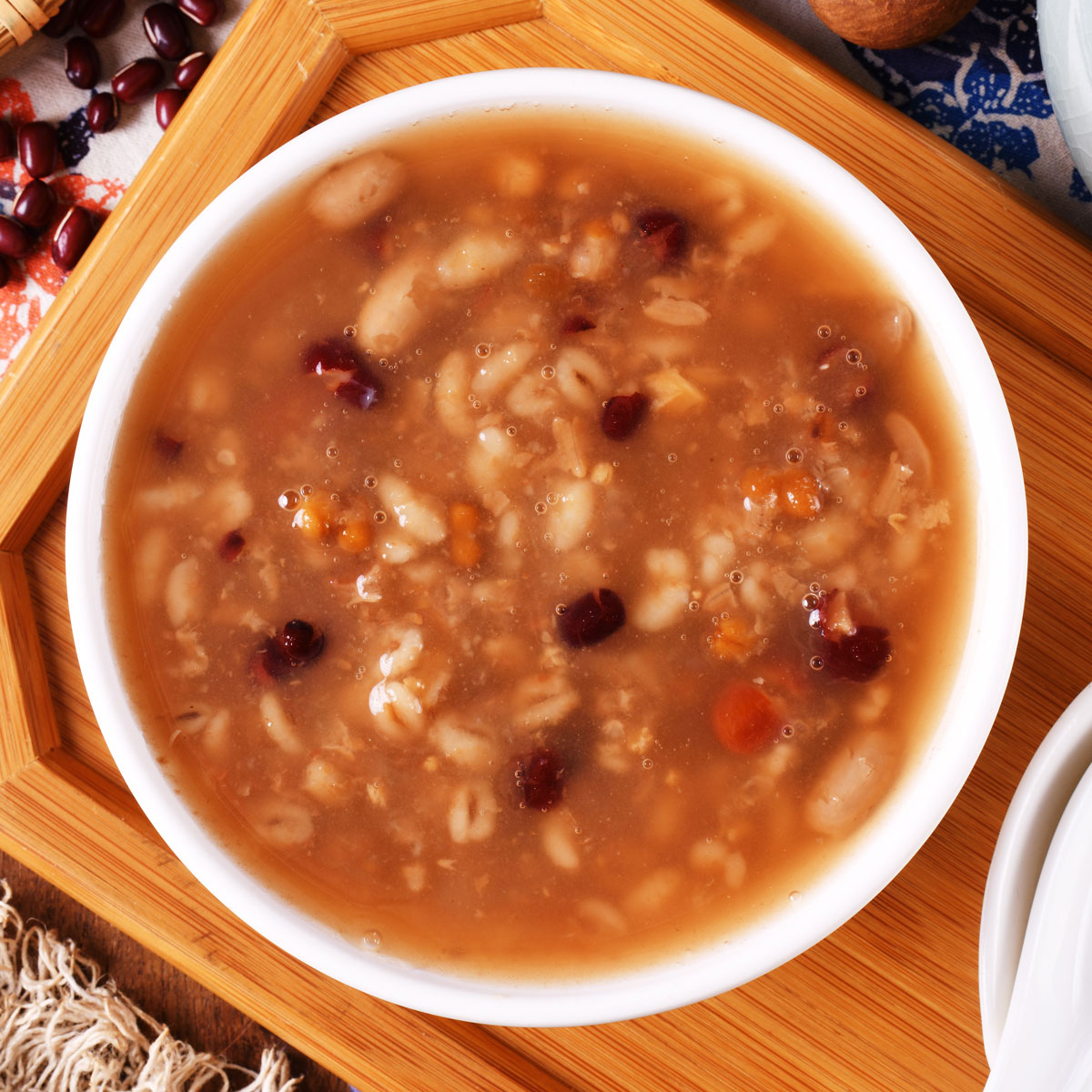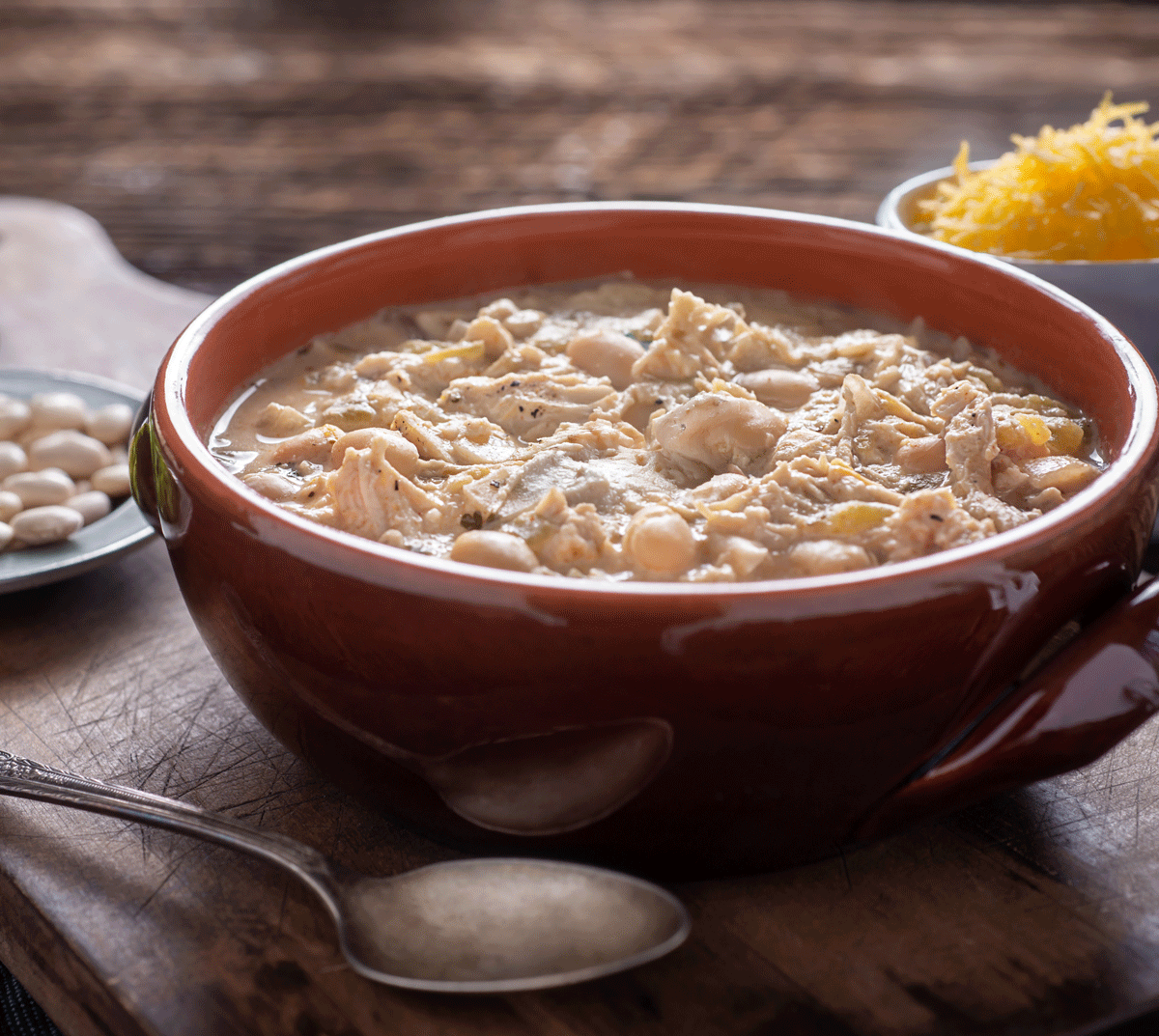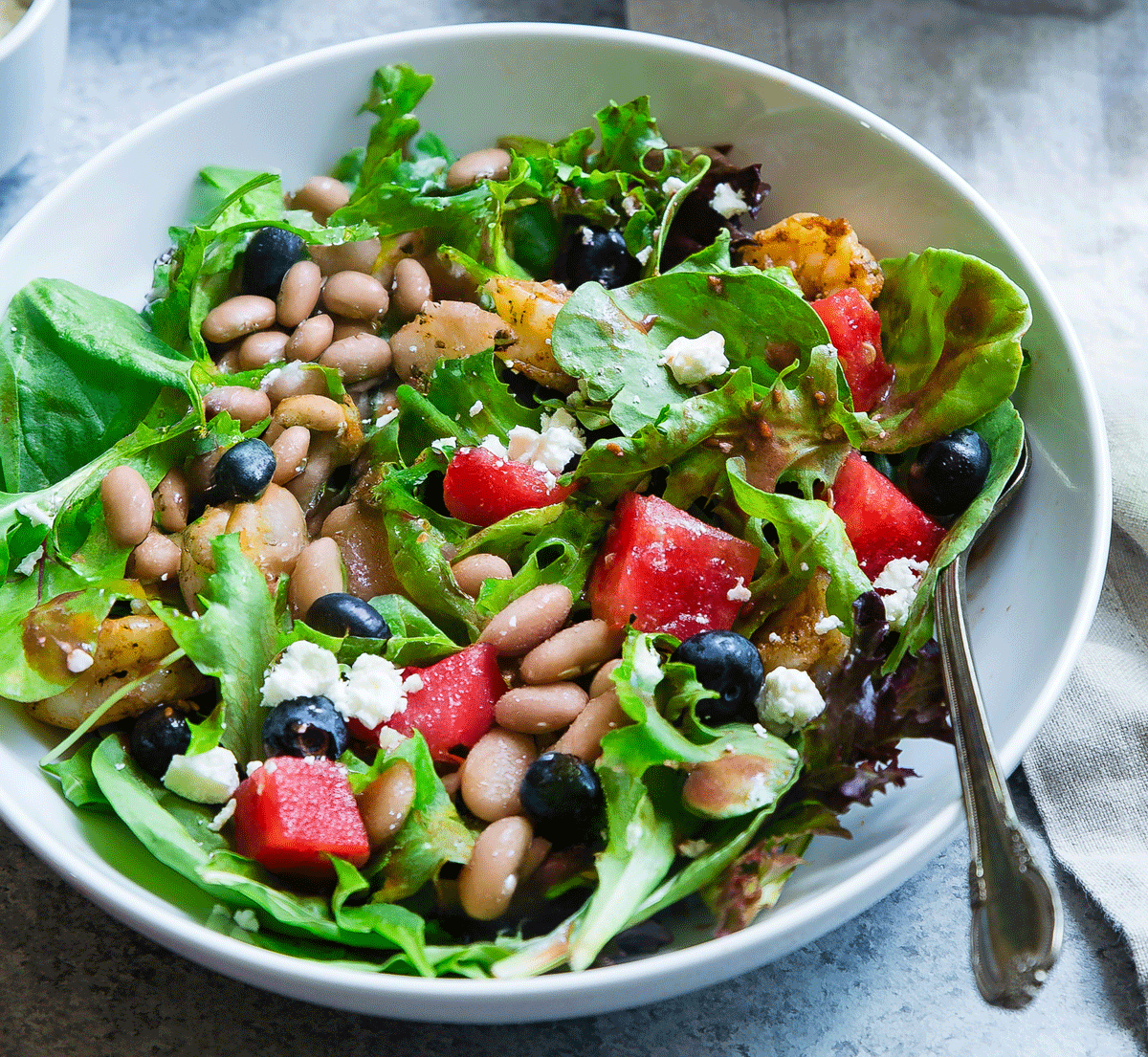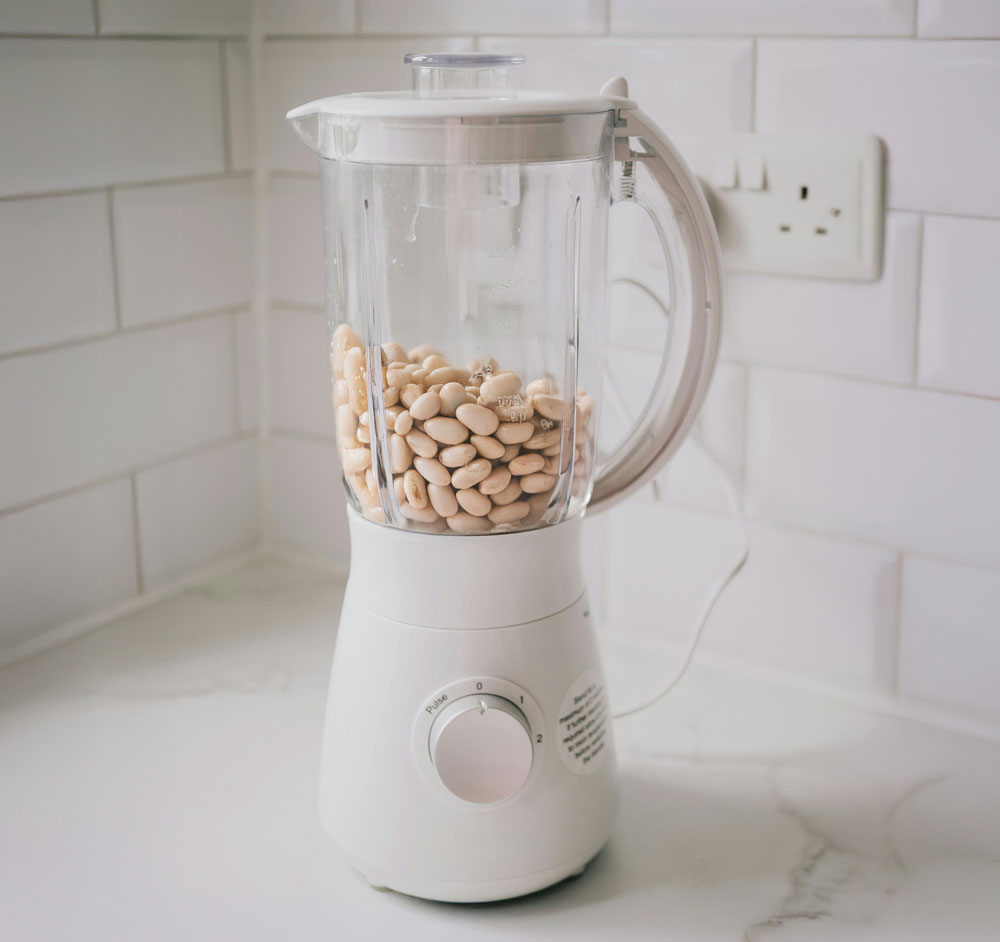Platos calientes
Habichuelas y arroz
- Prepara habichuelas pintas y arroz mexicanos o elige un estilo cajún con habichuelas rojas y arroz.
- Prueba las lentejas al curry con cebolla, ajo, curry en polvo, tomates cortados en cubos, cúrcuma, comino, aceite de oliva y caldo de verduras.
- Mezcla tus habichuelas favoritas con arroz integral o granos como bulgur, cebada o quinua.






